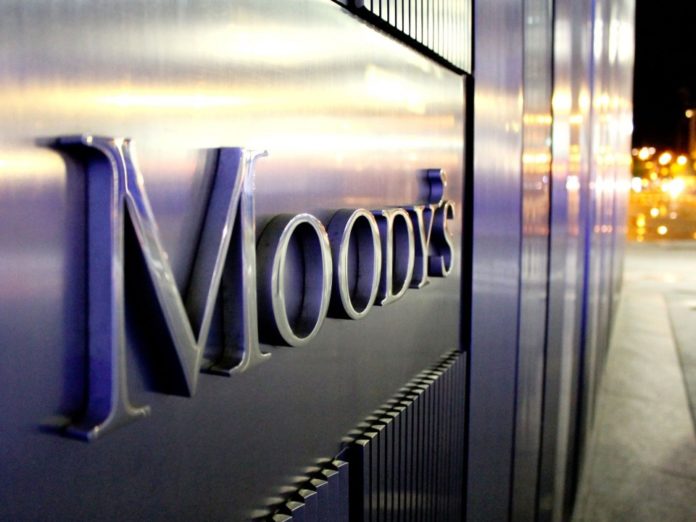By Staff Reporter
KARACHI: Moody’s Investors Service has upgraded Pakistan’s local and foreign currency issuer and senior unsecured debt ratings to Caa2 from Caa3, as improved macroeconomic conditions and better government liquidity and external positions reduce the country’s default risk.
“Concurrently, the outlook for the Government of Pakistan has been changed to positive from stable,” the rating agency said in a statement on Wednesday.
The upgrade reflects reduced default risk, driven by greater certainty over external financing following a staff-level IMF agreement for a $7 billion Extended Fund Facility in July.
“The upgrade to Caa2 reflects Pakistan’s improving macroeconomic conditions and moderately better government liquidity and external positions, from very weak levels… Accordingly, Pakistan’s default risk has reduced to a level consistent with a Caa2 rating.”
Moody’s said there is now greater certainty on Pakistan’s sources of external financing, following the sovereign’s staff-level agreement with the IMF for a 37-month Extended Fund Facility (EFF).
“There is now greater certainty on Pakistan’s sources of external financing, following the sovereign’s staff-level agreement with the IMF on July 12, 2024, for a 37-month Extended Fund Facility (EFF) of $7 billion,” Moody’s said. “We expect the IMF Board to approve the EFF in the next few weeks, which will support Pakistan in unlocking additional financing from other multilateral and bilateral partners.”
Pakistan’s foreign exchange reserves have doubled since June 2023 but remain below what is required to meet its external financing needs. The country remains reliant on timely financing from official partners to fully meet its external debt obligations.
“Pakistan’s foreign exchange reserves have about doubled since June 2023, although they remain below what is required to meet its external financing needs,” Moody’s said.
However, Moody’s warned that Pakistan’s debt affordability remains very weak, driving high debt sustainability risk. “We expect interest payments to continue absorbing about half of government revenue over the next two to three years.”
Moody’s said its earlier concerns over very high risks of a balance of payments crisis materializing have diminished, although risks remain elevated as Pakistan continues to rely on timely and sufficient disbursement of financing from official partners.
“There is now greater certainty over Pakistan’s sources of financing to meet its needs over the next two to three years.”
Pakistan’s external financing needs are around $26 billion for fiscal 2025, comprising around $22 billion of external principal debt repayments in fiscal 2025 and another $4 billion (about 1% of GDP) to finance the current account deficit.
Pakistan’s financing needs for fiscal 2026-2027 will be similar.
Moody’s said Pakistan will be able to cover its financing needs with funding from official partners, although there remains uncertainty around the government’s ability to sustain reform implementation.
“The coalition government formed after elections held in February 2024 may not have a sufficiently strong electoral mandate to continually implement revenue-raising measures without stoking social tensions. Slippages in reform implementation or results could lead to delays in or withdrawal of financing support from official partners.”
The rating agency said the positive outlook reflects a balance of risks skewed to the upside. “It captures the possibility that the government further reduces its government liquidity and external vulnerability risks and achieves a better fiscal position than we currently expect.”
Copyright © 2021 Independent Pakistan | All rights reserved




